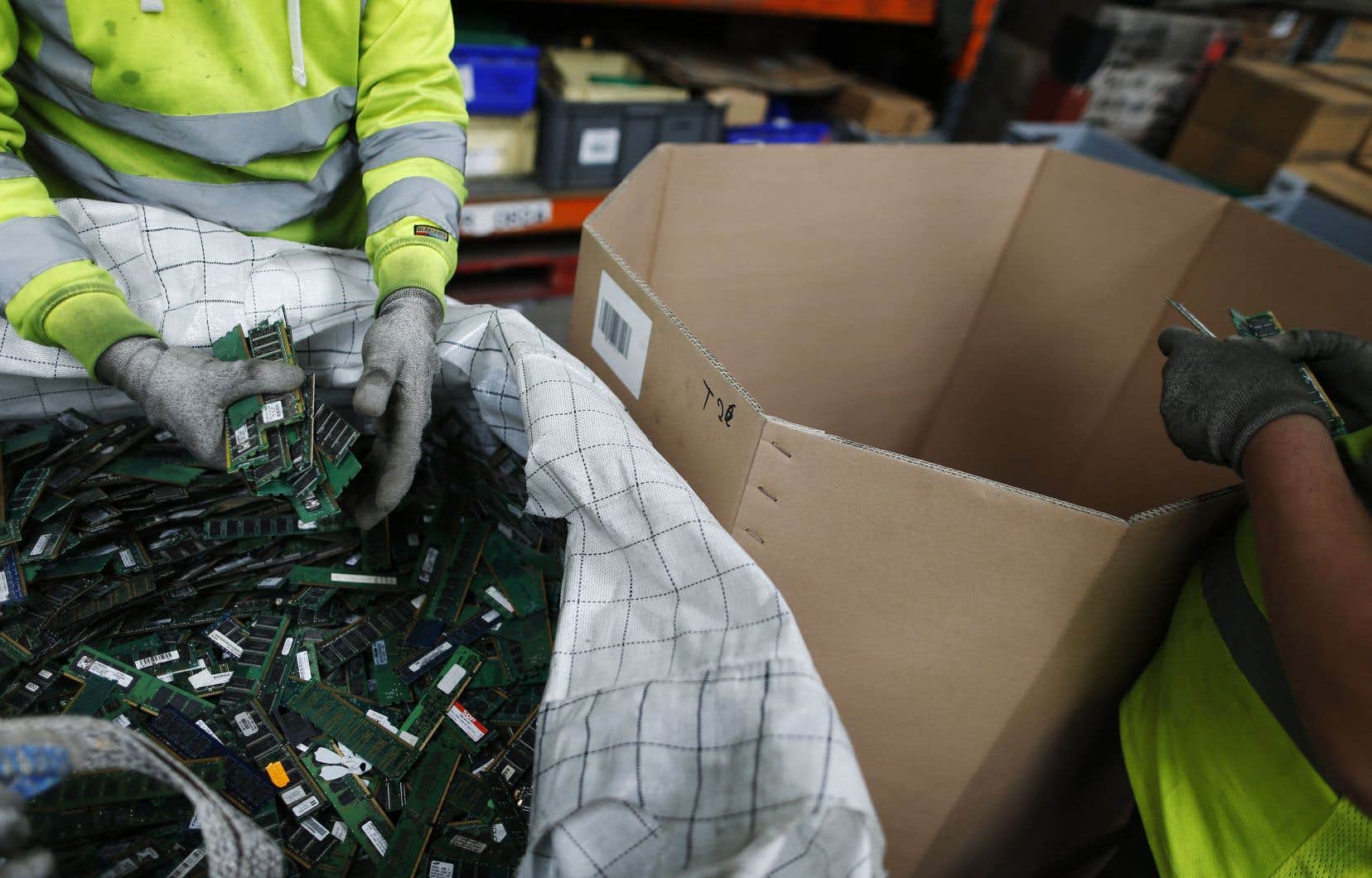Polytechnique Montréal will host the activities of the UNESCO Chair in Green and Sustainable Electronics (ÉleVéS), which involves partners from three continents. This chair will focus on solutions to improve the life cycle of the electronic devices that make up our devices and thus reduce the impact of electronic waste.
Ghana, an African country located in the Gulf of Guinea, imports hundreds of thousands of tons of electronic waste every year.
The Basel Convention prohibits the export of waste containing toxic products, but old fridges, slightly outdated computers and a host of other electronic waste from North America and Europe find their way, through circuits informal, even in Asian or African countries, such as Ghana.
Some of these countries have little or no facilities to process this waste, so old fridges and other scrap end up contaminating soil, water and air and pose a threat to biodiversity.
The Montreal-based UNESCO Chair will seek solutions to these problems, in particular by focusing on capacity building to extend the life cycle of electronic devices and by developing new materials, derived from biomass, to design electronic devices.
Capacity Building
Clara Santato is the holder of the new UNESCO Chair. His team, made up of European, African and American researchers, will work in particular with the communities that must take charge of the management of electronic waste from the West, to better treat these devices on their territory.
“How should this electronic waste be collected, how should it be separated, how can it be given a second life? and “How, for example, can this waste be useful in other fields such as green energy or green technologies?” “, explained the full professor at Polytechnique Montreal.
New materials from biomass
The UNESCO Chair in Green and Sustainable Electronics will also study the design of electronic devices with a low environmental footprint, for example using waste from the forestry and food industries.
“We are studying these natural materials for their electrochemical or electrical responses, so for batteries for example. In the case where we study the electrical response, it is to explore whether there are semiconducting properties,” said Clara Santato.
Improving the environmental impact of urban mining processes and designing supercapacitors from used lithium batteries are also part of the Chair’s projects.
According to a press release published by Polytechnique Montréal, the Chair “targets all links in the chain of the life cycle of electronic devices, adopting a holistic approach that integrates science, technological innovation, social innovation and education in order to transform the production, consumption and management of electronic devices in alignment with the UNESCO Sustainable Development Goals”.
The director of research and innovation at Polytechnique Montréal said he was “extremely proud” to welcome the UNESCO Chair in green and sustainable electronics.
“This type of initiative is entirely in line with Polytechnique Montréal’s mission to offer innovative solutions to society in compliance with environmental, social and governance criteria,” said François Bertrand.
Humans generated 53.6 million tons of electronic waste in 2019, the equivalent in weight of 350 cruise ships, according to the Global E-waste Statistics Partnership.
Only 18% of this waste has been treated in facilities for recycling or reuse of materials and the vast majority of discarded appliances end up contaminating the environment.
